Check out the best methods for teeth whitening: from home remedies to professional treatment – find out all the pros and cons here
A radiant smile with white teeth is a symbol of health, youth and attractiveness.
However, over time, various factors such as the consumption of coffee, tea, red wine or tobacco can lead to discoloration of the teeth. Natural ageing also contributes to teeth becoming darker.
If you want a whiter smile, there are various methods of teeth whitening, ranging from simple home remedies to professional treatments.
In this article, we present the best methods, their pros and cons and tips on how to achieve the best results.
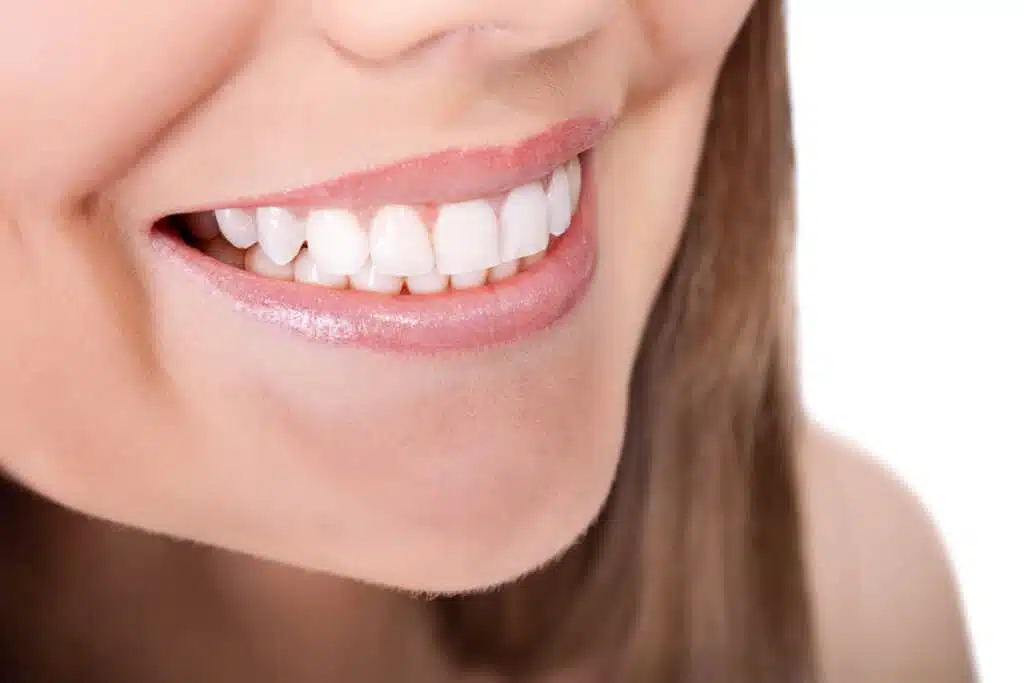
Home remedies for whitening teeth
Many people prefer home remedies to whiten their teeth as they are inexpensive and easy to use.
However, not all home remedies are equally effective, and some can even be harmful to the teeth.
1. baking powder
Method: Baking soda is often used as a home remedy for teeth whitening as it has abrasive properties that can remove surface discoloration. You can mix a small amount of baking soda with water and use it as a toothpaste.
Advantages: Baking soda is inexpensive and readily available. It can effectively remove stains and leaves teeth feeling smooth.
Disadvantages: If used frequently, baking soda can wear away tooth enamel, which can lead to sensitive teeth. It should therefore be used sparingly and only occasionally.
2. oil pulling
Method: Oil pulling is an ancient Ayurvedic practice in which a tablespoon of coconut oil or another vegetable oil is rinsed back and forth in the mouth for 15-20 minutes before being spit out.
Benefits: Oil pulling can help reduce bacteria in the mouth, fight bad breath and whiten teeth naturally. It is a gentle method that does not attack tooth enamel.
Disadvantages: The whitening effect is usually minimal, and it can take several weeks to see visible results.
3. lemon juice and baking powder
Method: Some people mix lemon juice with baking soda to create a paste that is applied to the teeth.
Benefits: Lemon juice has natural bleaching properties that can whiten teeth.
Disadvantages: The combination of lemon juice and baking soda is extremely abrasive and acidic, which can severely damage tooth enamel. This method should be avoided as it can cause more harm than good.
4. activated carbon
Method: Activated charcoal is often used as a natural method of teeth whitening. It can be applied as a powder to the toothbrush and used like toothpaste.
Benefits: Activated charcoal has absorbent properties that can help remove discoloration and plaque from the tooth surface.
Disadvantages: The abrasive nature of activated charcoal can wear away tooth enamel and lead to sensitive teeth. In addition, there is no scientific evidence for the effectiveness of this method.
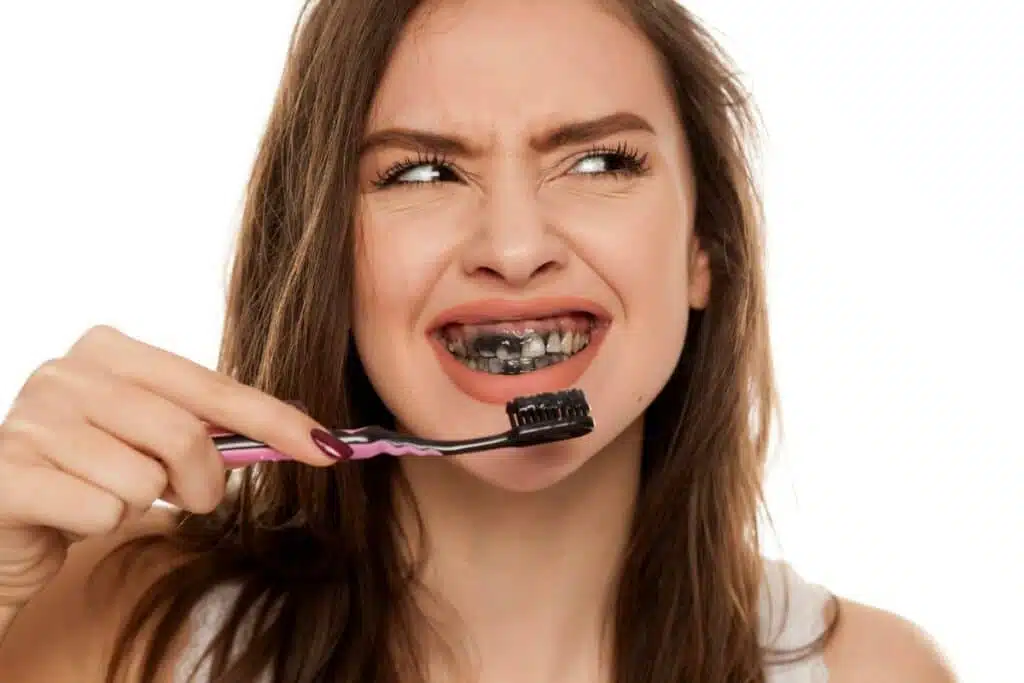
Teeth whitening with products from drugstores and the internet
In addition to home remedies, there are many over-the-counter products that have been specially developed for teeth whitening.
These products are generally safer and more effective than home remedies as they contain specially formulated ingredients.
1. whitening toothpaste
Method: Whitening toothpaste contains abrasive particles and sometimes small amounts of bleaching agents such as peroxide. It is used in the same way as normal toothpaste.
Advantages: Whitening toothpaste is easy to use and can be used daily. It is relatively inexpensive and can remove superficial discoloration.
Disadvantages: The whitening effect is often only slight, as the toothpaste does not stay on the teeth long enough to remove deeper discoloration.
2. whitening strips
Method: Whitening strips are coated with a whitening gel that is applied to the teeth. The strips are usually worn for 20-30 minutes a day for several weeks.
Advantages: Whitening strips are easy to use and offer a cost-effective way to whiten teeth at home. They can deliver visible results within a few days.
Disadvantages: The strips can appear uneven, leading to blotchy results. They can also cause tooth sensitivity in some people.
3. tooth whitening gels and sticks
Method: These products contain a whitening gel that is applied directly to the teeth. They are often applied with a small brush or pen and must be left on for a few minutes.
Advantages: Gels and sticks are practical and can be applied to specific teeth. They offer a quick and easy option for whitening.
Disadvantages: The effect is often less intense than with professional treatments, and it can take some time before visible results are achieved.
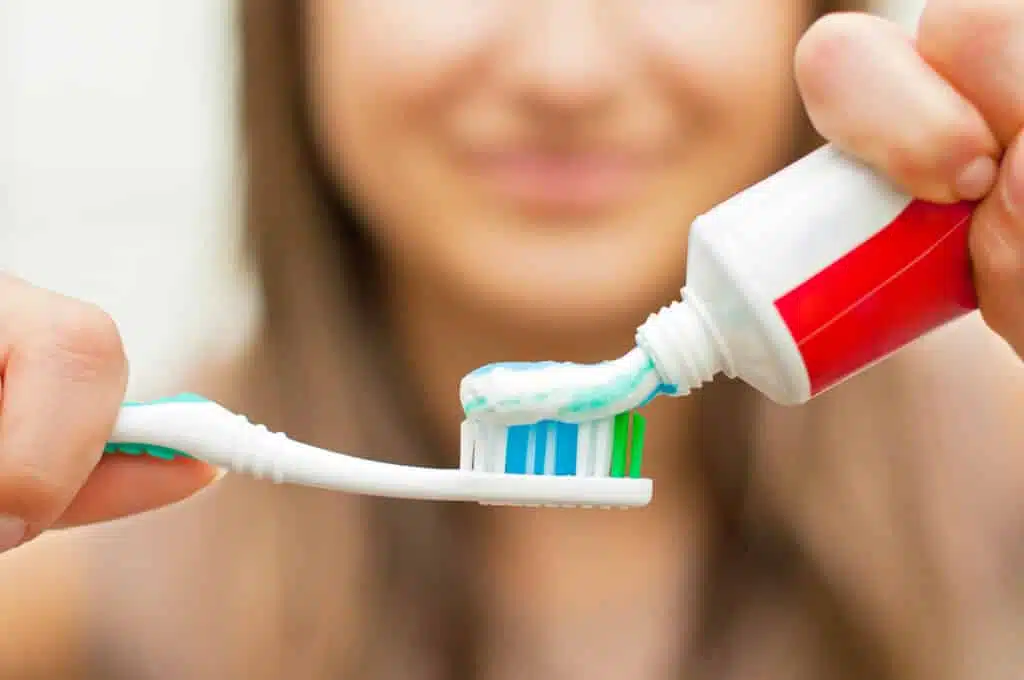
Teeth whitening with UV light and gel
Teeth whitening with UV light and gel is a popular method of effectively whitening teeth. This technique uses a special gel that is applied to the teeth and then activated by UV light.
The combination of gel and light accelerates the whitening process so that quick and visible results can be achieved.
This method can be carried out both in beauty salons and from the comfort of your own home – however, it should always be preceded by professional teeth cleaning so that the result does not appear blotchy.
1. professional UV tooth whitening in the beauty salon
Method: During professional treatment, a whitening gel is applied to the teeth, which usually contains hydrogen peroxide or carbamide peroxide. The gel is then activated by a special UV lamp, which intensifies the bleaching agent and accelerates the whitening process. The treatment usually takes 30 to 60 minutes – depending on the desired intensity.
Advantages: Professional UV tooth whitening offers fast and even results. As the treatment is carried out by professionals, it is safe and the risk of side effects is minimized. The application is particularly effective for superficial discoloration.
Disadvantages: The cost of professional UV teeth whitening can be high, and there is a small risk of temporary tooth sensitivity after treatment.
2. UV tooth whitening at home
Method: For home whitening, there are special kits that contain a whitening gel and a small portable UV lamp. The gel is applied to the teeth and the UV lamp is positioned in front of the teeth for a set time (usually 10 to 20 minutes) to accelerate the whitening process. This treatment can be carried out over several days until the desired result is achieved.
Advantages: UV tooth whitening at home is a convenient and more cost-effective alternative to professional treatment. You can carry out the treatment according to your own schedule and have control over the whitening process.
Disadvantages: The results can be less intensive and even than with a professional treatment. It is therefore particularly important to use high-quality products.
Tip: We recommend DiamondSmile, as the tooth whitening set delivers quick and visible results. The combination of gel and light technology makes it possible to effectively reduce discoloration and whiten teeth by several shades – often after the first application.
The procedure is gentle and minimizes the risk of tooth sensitivity. Accordingly, the DiamondSmile set is a cost-effective alternative to professional bleaching treatments without compromising on effectiveness.
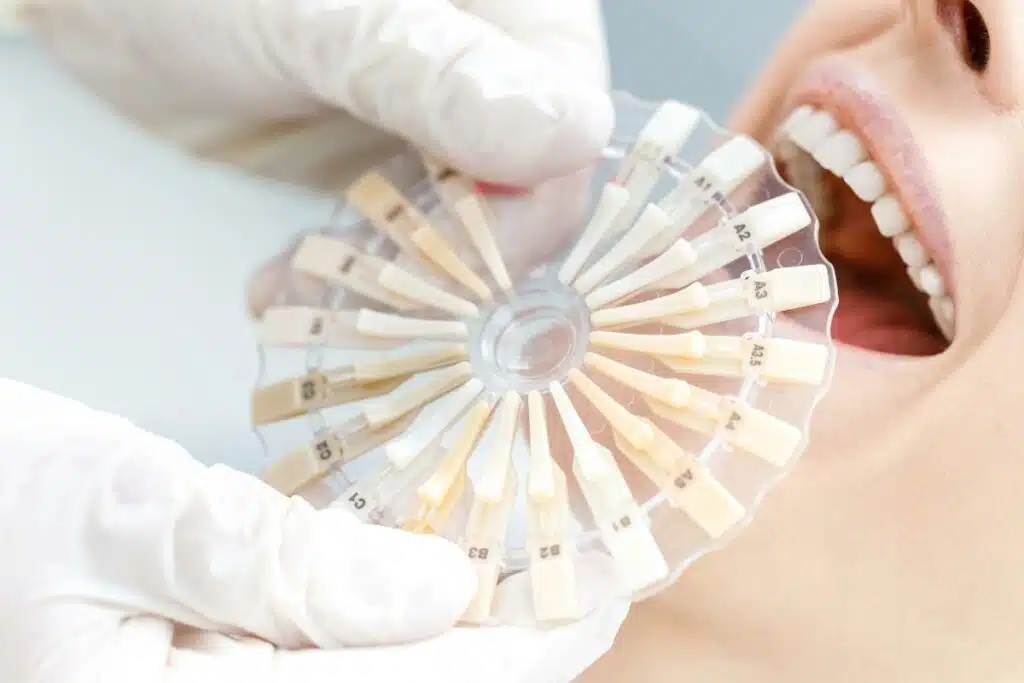
Professional teeth whitening at the dentist
The most effective (but also by far the most expensive) method of whitening your teeth is professional treatment at the dentist.
These treatments offer deeper and longer-lasting results than home remedies or over-the-counter products.
1. in-office bleaching
Method: During in-office bleaching, the dentist applies a highly concentrated bleaching agent to the teeth, which is activated by a special light or laser source. The treatment usually takes 1-2 hours.
Advantages: This method offers immediate results and can whiten teeth by several shades. As the treatment is carried out under the supervision of a dentist, it is safe and the risk of side effects such as sensitivity is minimized.
Disadvantages: In-office whitening is the most expensive option for teeth whitening. In addition, some patients may experience temporary sensitivity.
2. professional whitening trays
Method: The dentist makes customized trays for your teeth, which are filled with a whitening gel and worn at home. The trays are usually worn for a few hours a day or overnight until the desired result is achieved.
Advantages: Customized trays provide even whitening and are more comfortable than pre-made products from the drugstore. The treatment can be customized to your needs and the results are long-lasting.
Disadvantages: This method is also more expensive than over-the-counter products and requires several visits to the dentist.
3. combination treatments
Method: A combination of in-office whitening and the application of professional whitening trays at home offers the best results. These treatments are often combined to achieve maximum whitening effects.
Advantages: The combination of methods offers fast, intensive and long-lasting results. The treatment is customized and carried out under professional supervision.
Disadvantages: This type of treatment is usually the most expensive option and requires a certain time investment.
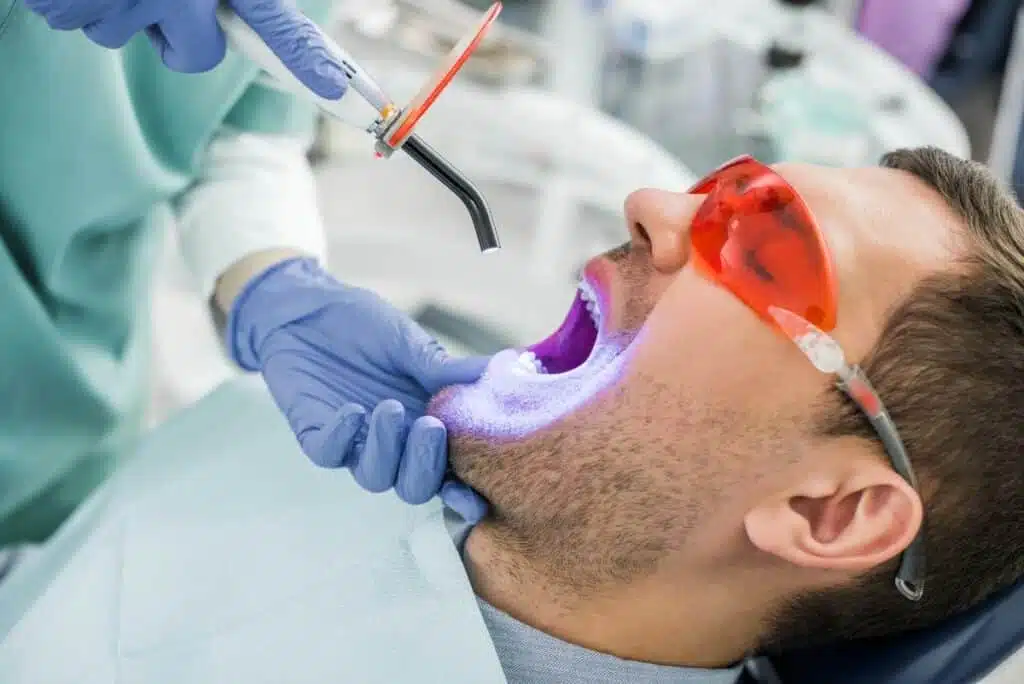
Tips for long-lasting results
Regardless of which method you choose for teeth whitening, it is important to take some precautions to maintain the results:
- Avoid staining foods and drinks: Reduce your consumption of coffee, tea, red wine and strongly staining foods to prevent new discoloration.
- Give up smoking: Tobacco can severely discolor teeth. Giving up smoking helps to keep your teeth whiter for longer.
- Good oral hygiene: Regular brushing, flossing and the use of mouthwashes help to prevent plaque and discoloration.
- Regular visits to the dentist: Visit your dentist regularly for a check-up and professional teeth cleaning to prevent discoloration and maintain your dental health.
Why is professional teeth cleaning important before teeth whitening?
Professional teeth cleaning before teeth whitening is particularly important to achieve optimum results and ensure the health of your teeth.
A professional dental cleaning thoroughly removes plaque, tartar and superficial discoloration that has built up on the teeth over time.
These deposits can prevent the bleaching agent from acting evenly on the tooth surface, which can lead to uneven results.
Cleaning also reduces the risk of gum inflammation and tooth decay, which could be caused or exacerbated by the whitening treatment.
Clean and healthy enamel allows the bleaching agent to work more efficiently so that the teeth can be whitened evenly.
Therefore, professional teeth cleaning should always be the first step before teeth whitening.
Conclusion on the topic of “The best methods for teeth whitening”
Choosing the best method for teeth whitening depends on your individual needs, your budget and the desired result.
Home remedies offer an inexpensive but often less effective solution, while professional treatments under dental supervision provide the safest and best results.
As an inexpensive yet effective middle ground, we recommend the DiamondSmile tooth whitening set, which delivers quick and visible results.
The combination of gel and light technology effectively reduces discoloration and lightens teeth by several shades – often after the first application. The particularly gentle procedure minimizes the risk of tooth sensitivity.
Regardless of the method you choose, however, it is important to maintain a good dental care routine and prevent discoloration in order to maintain your radiant smile in the long term.
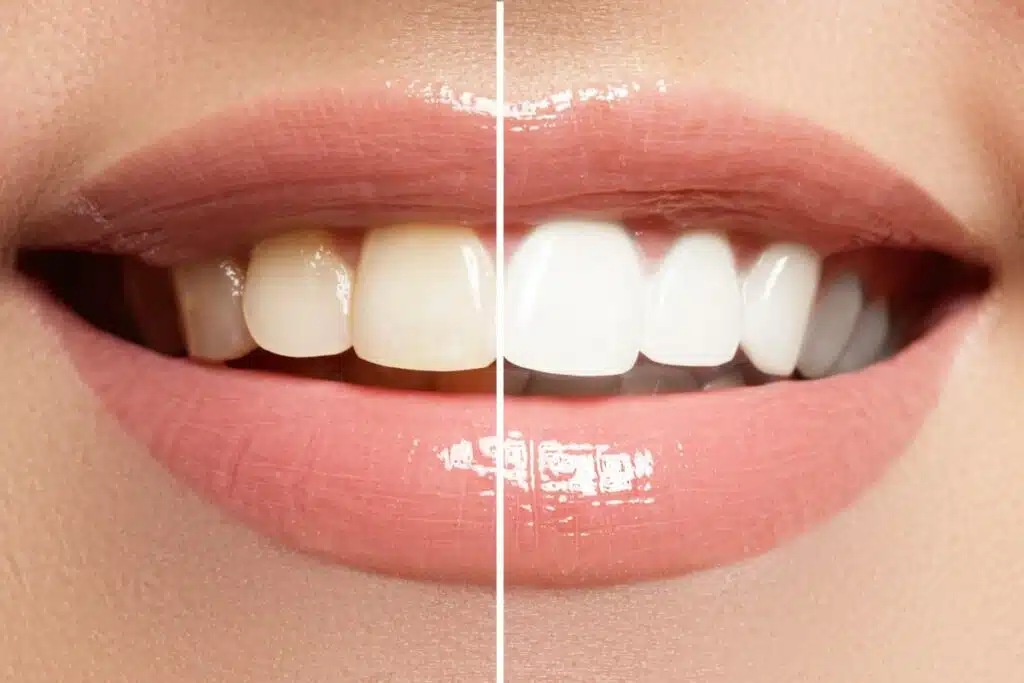
FAQs on the topic of “The best methods for teeth whitening”
Finally, we will answer some frequently asked questions about the best methods for teeth whitening.
Which home remedies are suitable for whitening teeth and how effective are they?
Home remedies such as baking soda, activated charcoal and oil pulling are common methods of teeth whitening.
They can remove superficial discoloration, but are usually less effective than professional treatments.
In addition, abrasive home remedies such as baking soda can damage tooth enamel if used too frequently.
How does tooth whitening with UV light and gel work?
Tooth whitening with UV light involves applying a special whitening gel to the teeth and then activating it with UV light to accelerate the whitening process.
This method can be carried out professionally in a beauty salon or at home with special kits and delivers fast, visible results.
What are the advantages of professional teeth whitening at the dentist?
Professional teeth whitening at the dentist offers deeper and longer-lasting results.
It is carried out under professional supervision, which minimizes the risk of side effects such as tooth sensitivity.
In addition, dentists can customize the treatment to achieve the best results.
How safe are whitening strips and how are they used?
Whitening strips are generally safe and easy to use.
They are applied directly to the teeth and remain there for 20-30 minutes daily over a period of several weeks.
However, they can cause tooth sensitivity in some people and sometimes offer inconsistent results.
Can home remedies such as lemon juice really whiten teeth?
Lemon juice can lighten discoloration in the short term due to its acidic properties, but is not recommended.
The acid can attack the tooth enamel and cause long-term damage, which is why this method should be avoided.
How much does professional teeth whitening at the dentist cost?
The cost of professional teeth whitening at the dentist varies depending on the method and practice, but is generally between 300 and 700 euros.
However, combination treatments, a prior teeth cleaning or additional aftercare can significantly increase the costs.
How long do the results of tooth whitening last?
The results of teeth whitening can last between 6 months and 2 years, depending on your lifestyle and dental hygiene.
Avoid highly staining foods and drinks as well as tobacco consumption to preserve the results for longer.
Is the use of activated charcoal for teeth whitening safe?
Activated charcoal is often used as a natural method of teeth whitening.
However, it can have an abrasive effect and damage tooth enamel if used frequently.
There is no scientific evidence for the long-term safety and effectiveness of this method.
Why is professional teeth cleaning important before bleaching?
Professional teeth cleaning removes plaque, tartar and superficial discoloration that could prevent the bleaching agent from working evenly.
This improves the whitening result and reduces the risk of gum irritation.
What should I keep in mind after tooth whitening to maintain the result?
After teeth whitening, you should avoid coloring foods and drinks such as coffee, tea and red wine.
Good oral hygiene, regular tooth brushing and the use of dental floss help to preserve the result for longer.
Regular visits to the dentist for check-ups and professional cleaning are also important.
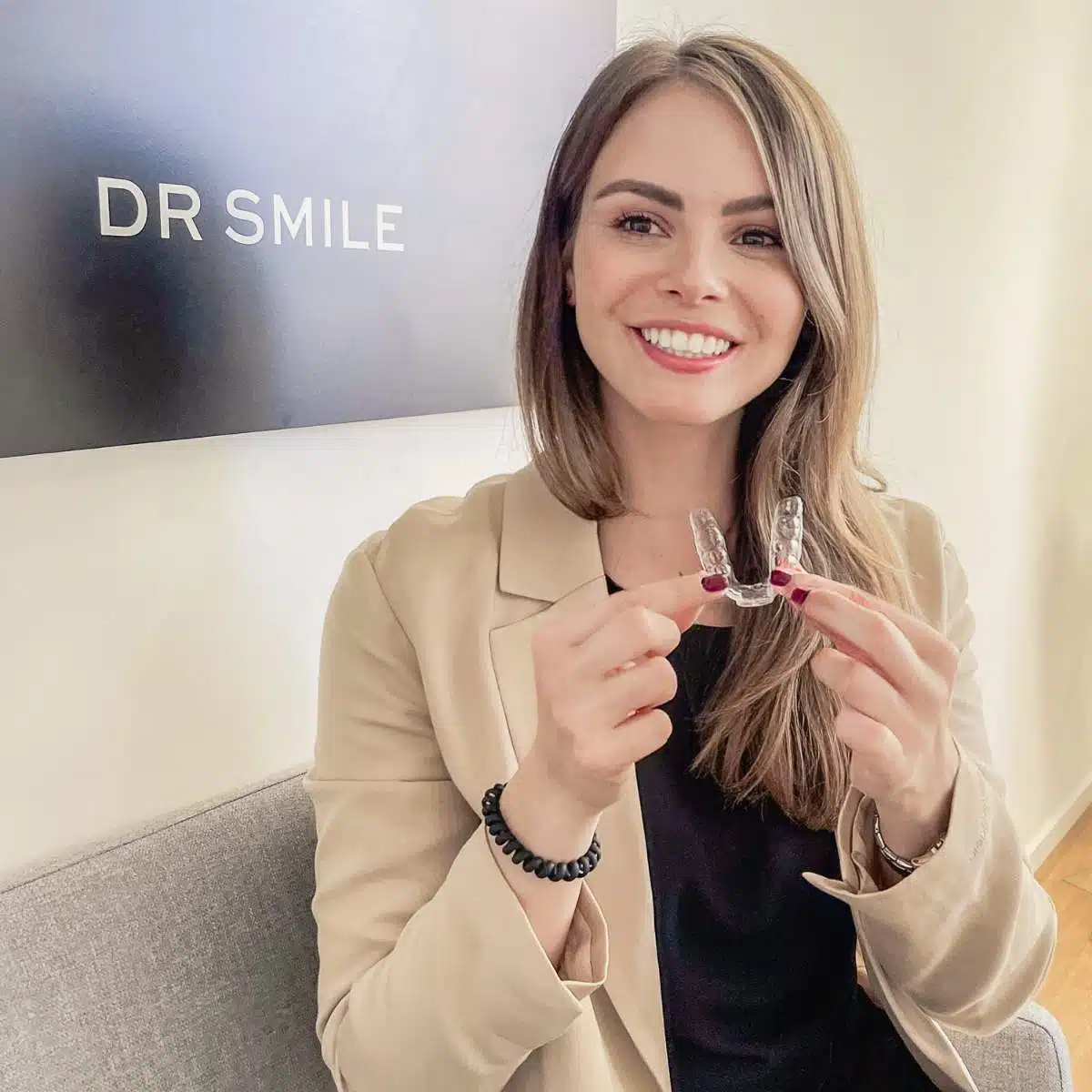
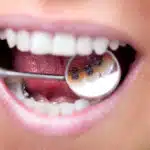

Leave a Reply